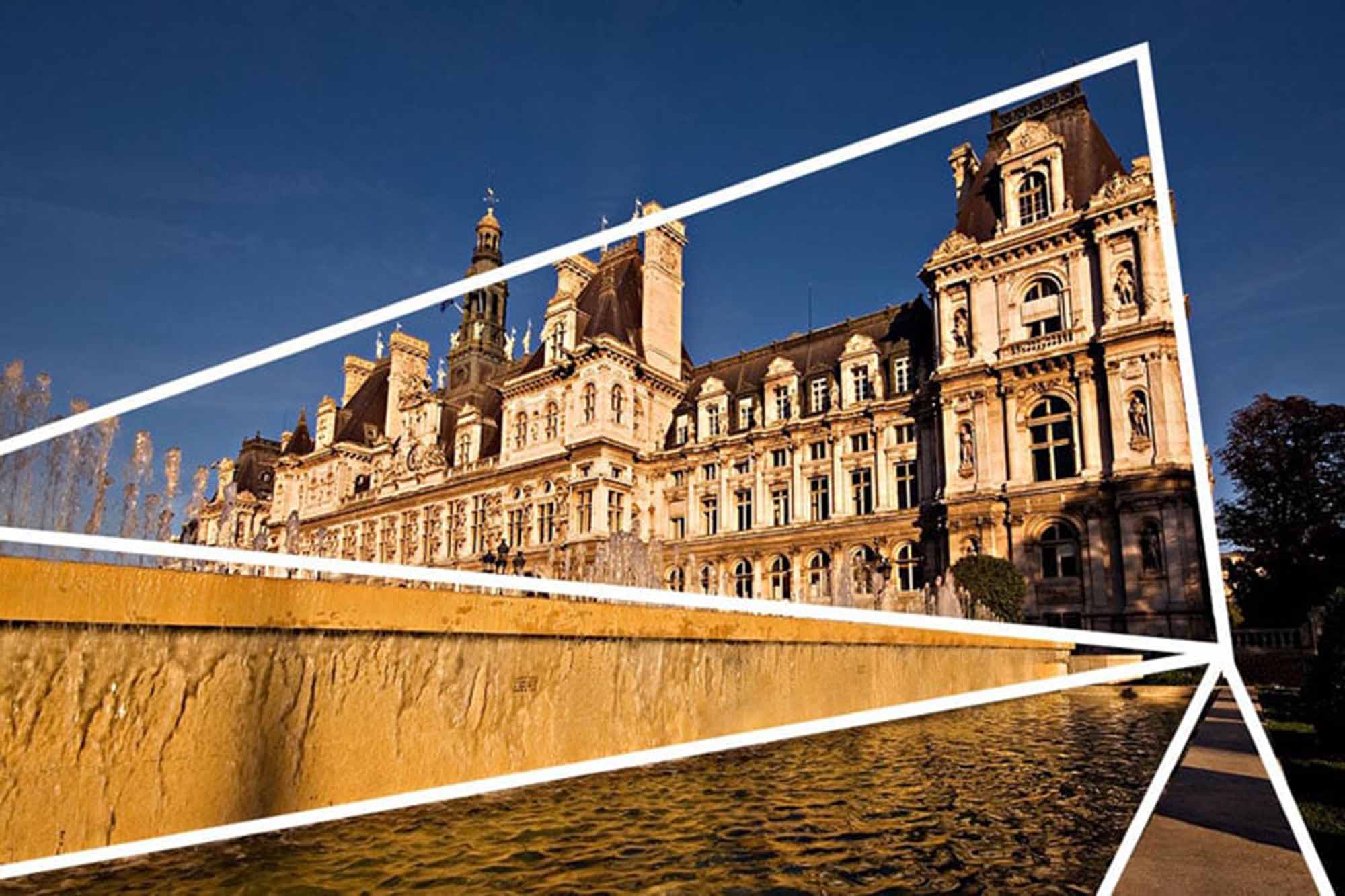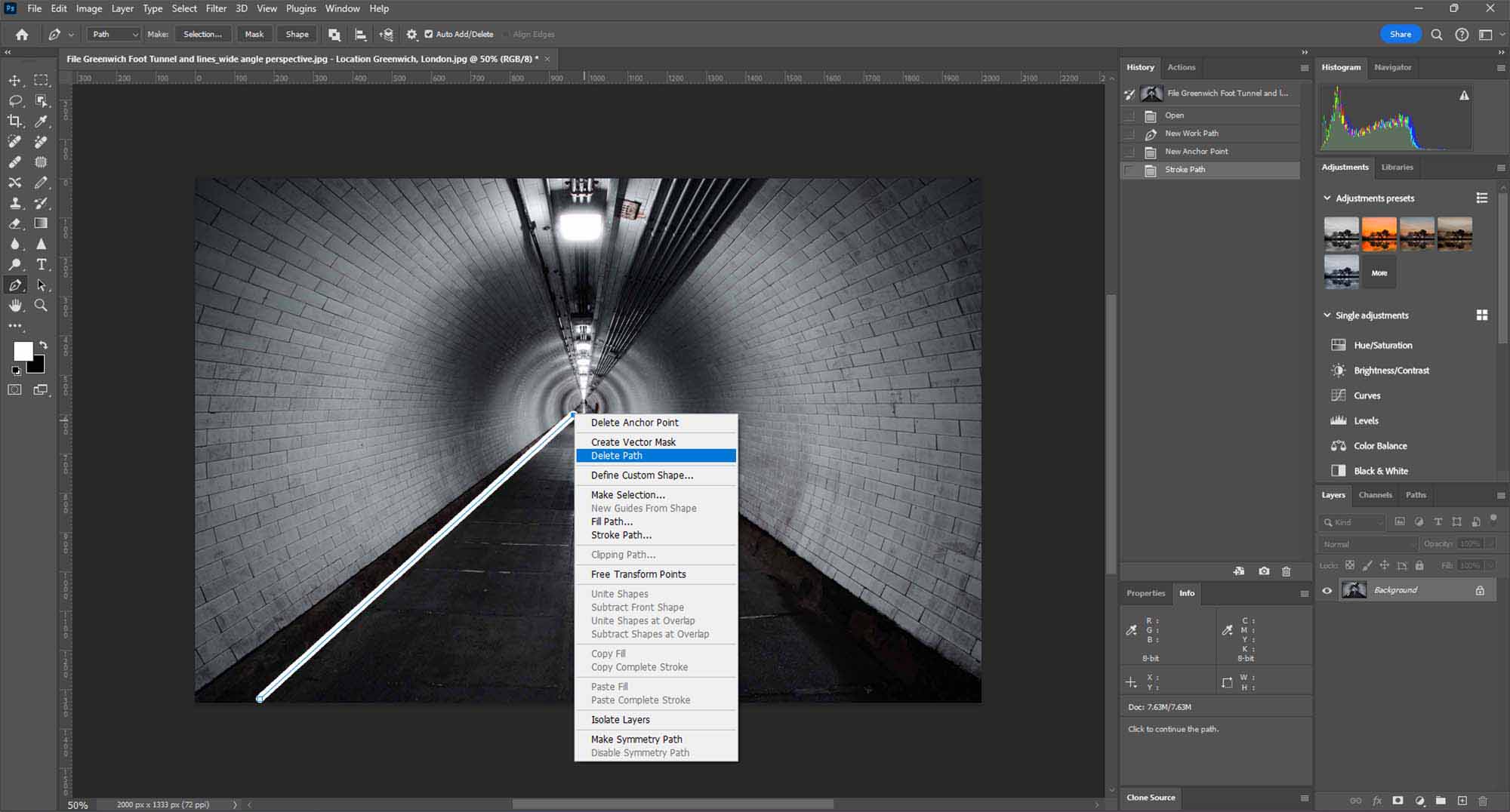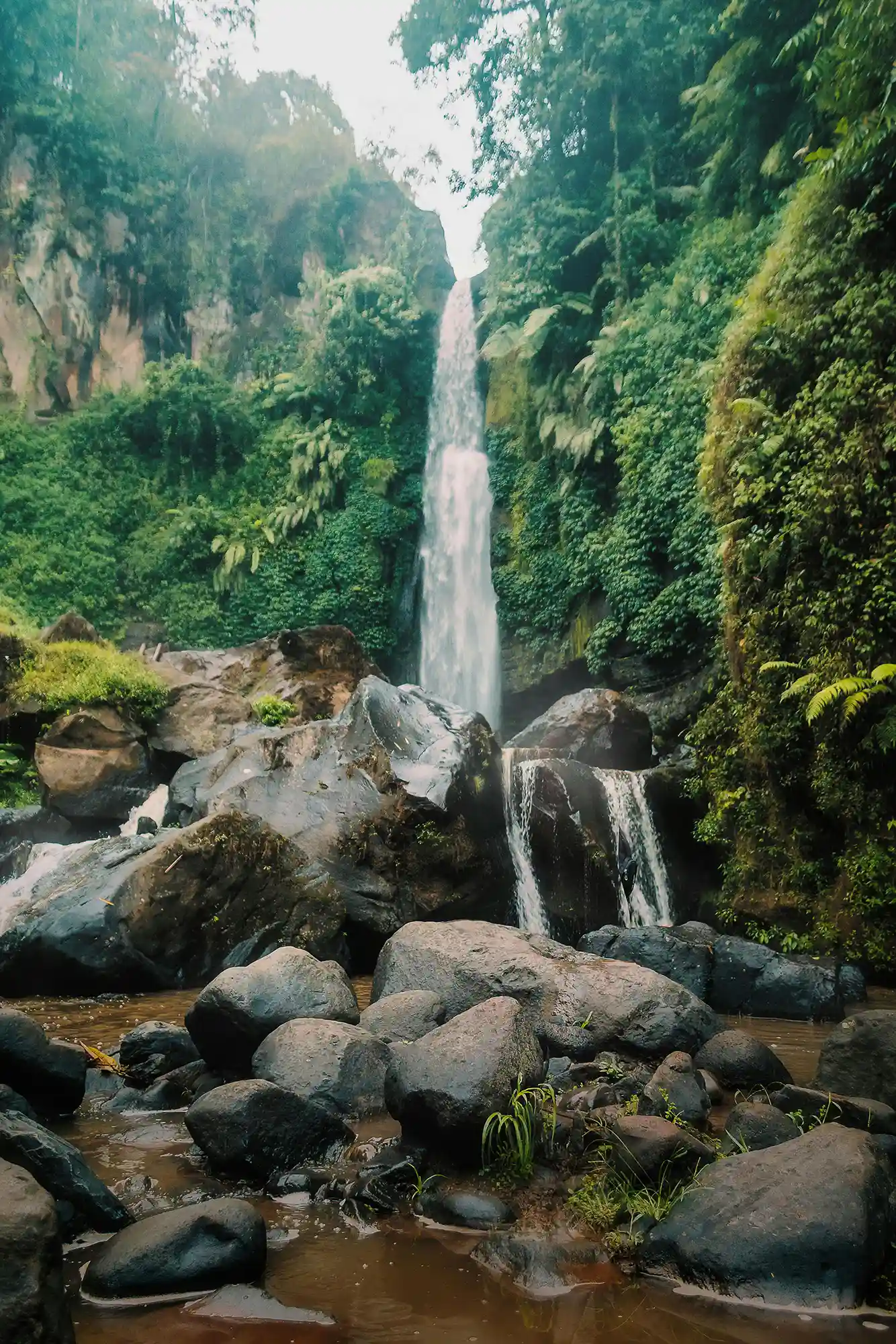Introduction: Understanding the Rule of Odds
The Rule of Odds is a fascinating compositional concept in photography that suggests images are more visually appealing when they contain an odd number of elements. This principle is based on the idea that odd-numbered groupings are more natural and less forced than even-numbered groupings, creating a sense of balance and harmony in a photograph.
The Essence of the Rule of Odds
This rule is grounded in the psychological perception that odd numbers, especially the number three, are more interesting and pleasing to the human eye. They create a sense of natural balance and make the composition more dynamic. When applied correctly, the Rule of Odds can transform a simple photograph into a captivating visual story.
Creative Process: Implementing the Rule of Odds
- Identifying Opportunities: Look for scenes where you can naturally apply the Rule of Odds. This could be three birds on a branch, five stones in a riverbed, or a single person framed by two trees.
- Composition and Framing: When composing your shot, place the odd elements in a way that is aesthetically pleasing and balanced. Consider using the Rule of Thirds in conjunction with the Rule of Odds for a more compelling composition.
- Creating Focus: Use the odd elements to guide the viewer’s eye. The odd-numbered elements should lead to the main subject or create a pathway through the image.
Tips for Photographers
- Create Odd Groupings: If you can’t find a natural odd grouping, try creating one. This can be done by adjusting your position or perspective.
- Balance and Symmetry: Use the Rule of Odds to break symmetry in a way that is visually interesting and creates a focal point.
- Depth of Field: Utilize depth of field to emphasize the odd elements in your composition, making them stand out against a blurred background.
- Simplicity is Key: Keep the composition simple. Too many elements, even if odd-numbered, can overwhelm the viewer.
Advanced Techniques in Using the Rule of Odds
- Foreground and Background: Incorporate odd elements both in the foreground and background to add depth to your composition.
- Color and Light: Use color and light contrasts to highlight the odd elements, making them more pronounced.
- Juxtaposition: Position the odd elements against a contrasting background to enhance their impact.
Practical Applications in Various Genres
- Portrait Photography: Arrange group portraits with an odd number of people to create a more dynamic composition.
- Landscape Photography: Find or create odd-numbered elements in a landscape, such as rocks, trees, or hills.
- Street Photography: Capture candid moments where individuals or objects form an odd grouping, adding interest to everyday scenes.
Conclusion: Mastering the Art of Odd Numbers
The Rule of Odds is a simple yet powerful tool that can significantly enhance the visual appeal of your photographs. By understanding and applying this rule, photographers can create images that are not only aesthetically pleasing but also intriguing and balanced.
O Carroll, B. (2016). 28 Composition Techniques That Will Improve Your Photos.
References
O Carroll, B. (2016). 28 Composition Techniques That Will Improve Your Photos. [online] PetaPixel. Available at:
https://petapixel.com/photography-composition-techniques/
[Accessed 13 December]

















































